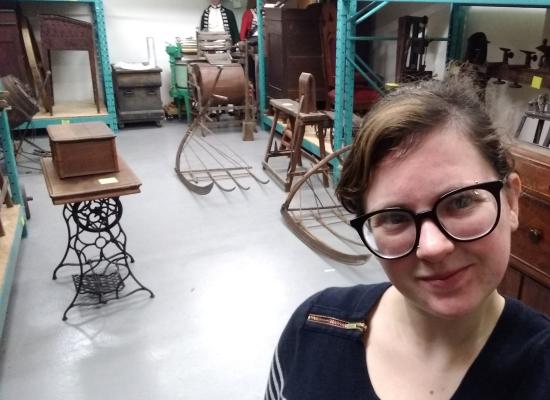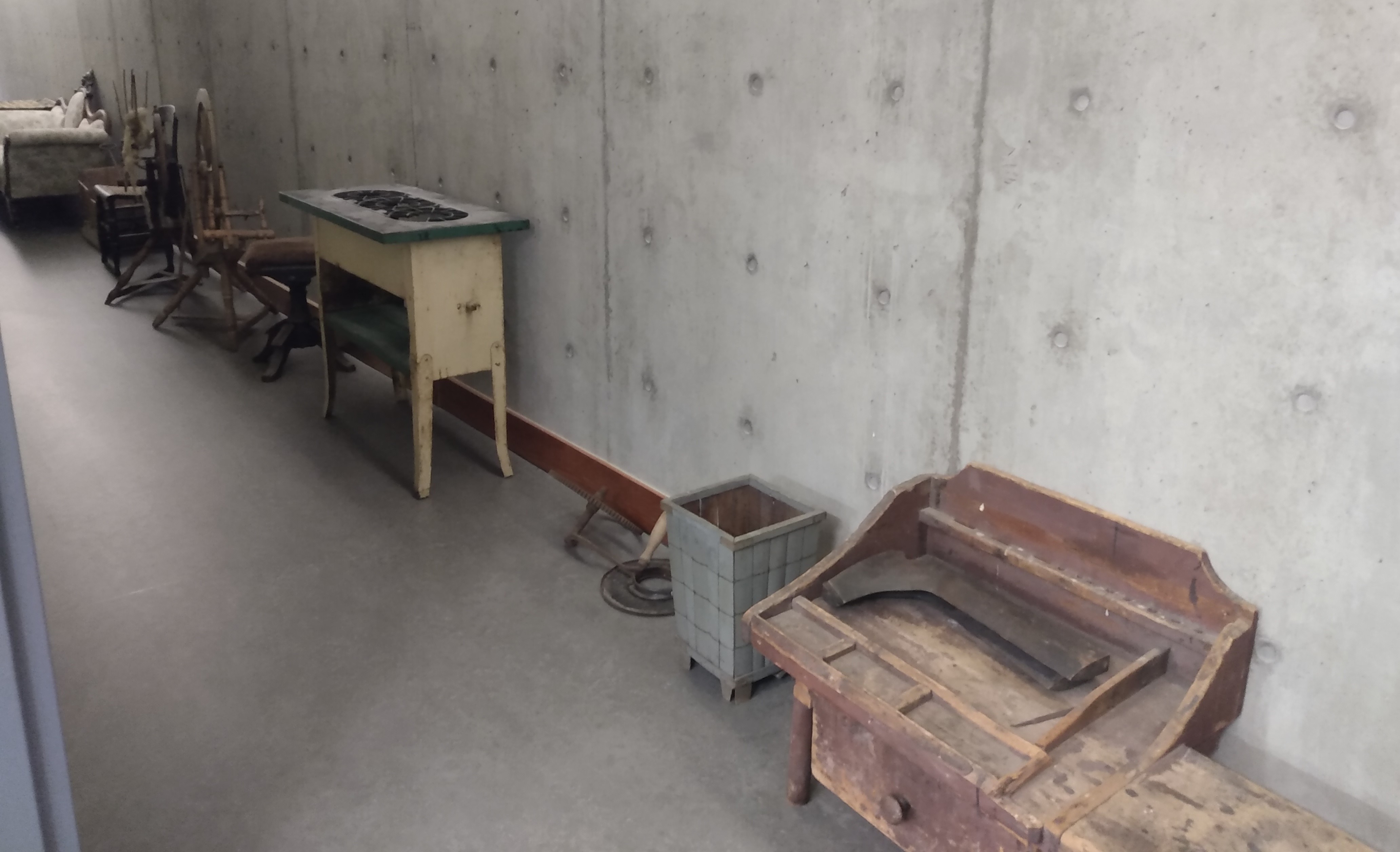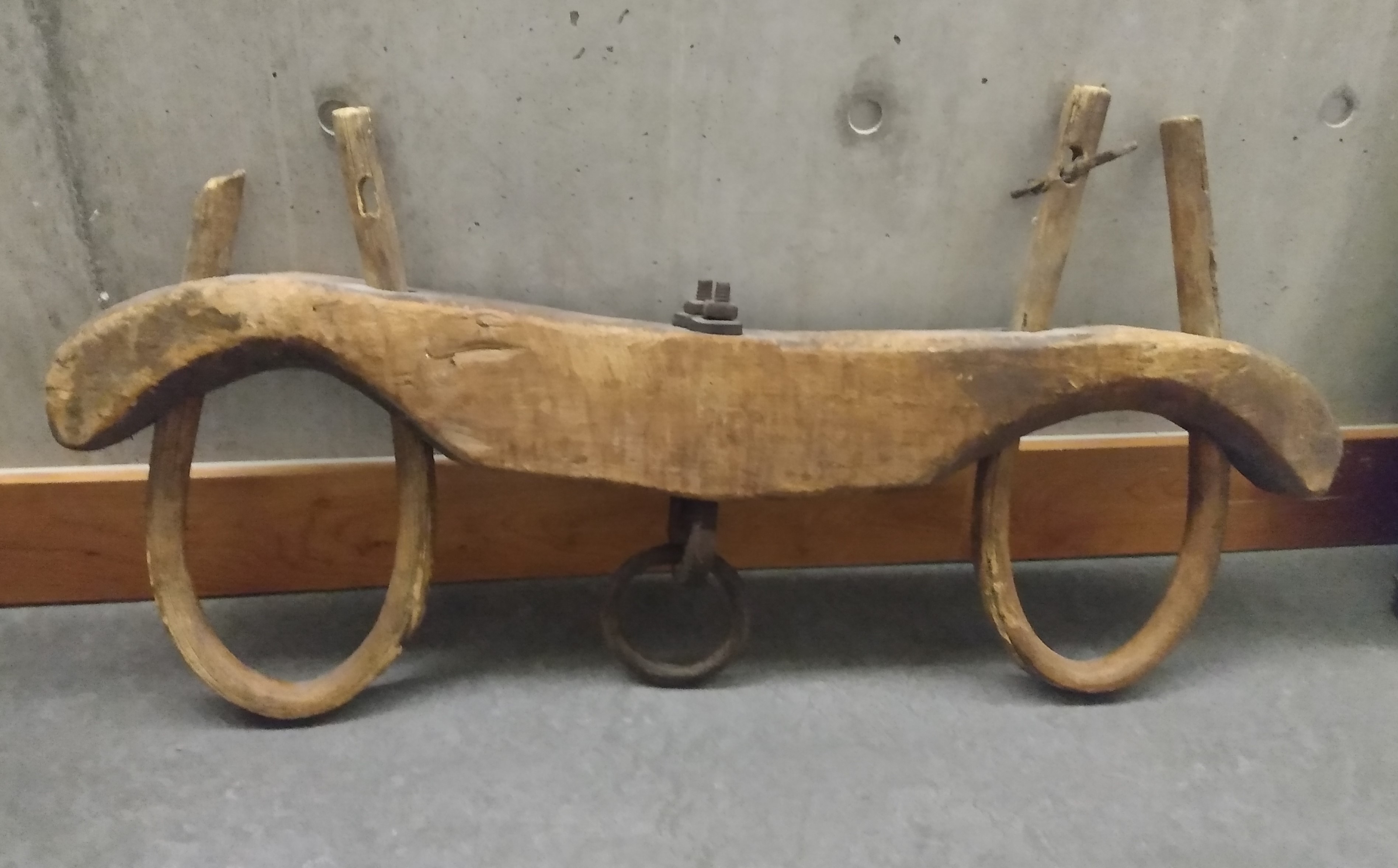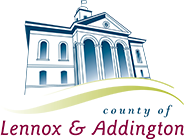
Back to Where the Artifacts Are
I am happy to say that I am writing this blog from my desk actually inside the museum building. Cue celebratory fireworks! Having travelled through the twilight zone of working from home for the first time, I have come out the other side refocused, reenergized, and really really happy to be back.
I thought I’d talk a little bit about what I actually did at home considering the very valid question of “how do you inventory furniture without access to the furniture?” My first couple weeks were getting to dig deeper into the furniture I had already inventoried, this entailed cleaning up their database entries, and researching into the history of these artifacts. This in an effort to get them ready to upload onto our online searchable collection. One of my favorites, is a unique little stool that not only illustrates Victorian style, but is made with animal horns, and how neat is that? The history of this stool can be found here.
After I had worked my way through all the furniture I had already inventoried, I got to take a break and stretch my digitally creative muscles. Working with the curator I helped create new designs for our information panels in the lower courtyard. Eventually I got to research a variety of other artifacts from within our collection including textiles, dishware, and a WWII gas mask. All told it was an interesting experience that I’m hoping will not be repeated in the near future, but in times like these I’m not getting my hopes up too high, and my home office area will remain setup.
Now though, out of pajamas, into the office chair, and ready to go, I am getting back into the swing of things. Coming back to the museum I was delightfully reminded of how close I am to inventorying the final piece of furniture on my list, 22 artifacts to go, to be exact. This may seem like a lot but considering this inventory encompasses 216 artifacts, I can see the light at the end of the tunnel.

Now having been back at the museum for a few days I am reminded of the care that goes into each and every artifact, even with an inventory of this size. For every artifact I have done a hand written assessment where the artifact is described in detail, measured, all condition concerns noted, and photos taken. Using the information and photos, I create a report on the artifact, which includes all the information and photos from the assessment, with the addition of any history and significance that is known about the artifact. The information is then organized into a category such as ‘farming equipment’ or ‘desks’ in one document, and is organized by date in another. Finally that artifact’s entry in our database is updated to include the new information. After all that I get the satisfaction of knowing I helped it on its way to telling its Lennox and Addington County story.

One artifact I truly enjoyed working with since I’ve been back at the museum is a withers yoke. I had the chance to do some research into what exactly that was, besides a yoke that sat on a whither. First off I got to learn what an ox is. I bet anyone who’s grown up on a farm is having a good chuckle at that, but when I hear ox I think musk ox. It turns out those two aren’t even living in the same house on the tree of life but are a branch or two away. But just incase you too are not familiar with cattle, an oxen is a castrated male cattle. These ox and their yokes had a huge impact on Canada up until the 20th century. The docility, low center of gravity, and brute strength of oxen helped Canadian’s clear land, plow fields and more. Just a few fun facts you can share while you’re waiting for your virtual meetings to start!

Overall I am thrilled to be back among the artifacts, and reminded of what a privilege it is to get to help take care of our county’s history!
